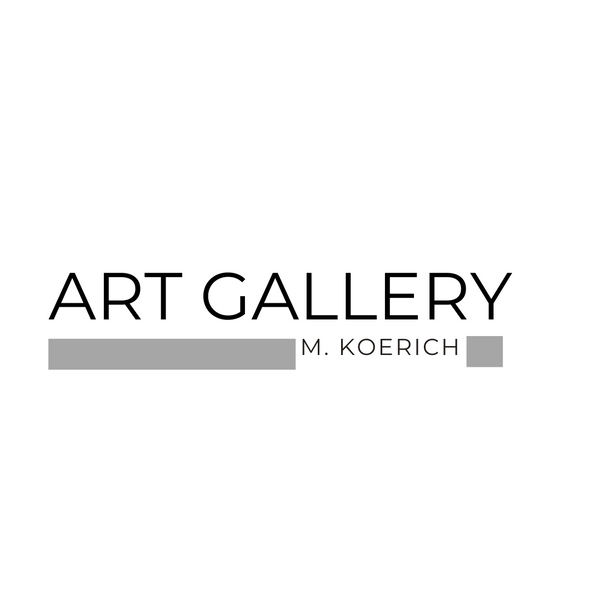
Between walls and frames: The City as a Gallery
Share
São Paulo stands out as one of the most vibrant artistic centers in the world, a direct result of its urbanism characterized by density, verticality, and constant transformation. The city offers an architectural landscape conducive to artistic interventions — walls, viaducts, and large façades become natural canvases for graffiti, murals, and other forms of art. These elements serve not only as physical supports but also as part of a discourse, reflecting and reinforcing social tensions, cultural diversity, and the collective identity of the metropolis.
With the growing recognition of urban art, many artists who began on the streets have moved into institutional spaces and private collections. São Paulo’s collectors, attentive to manifestations emerging from the city, have brought these artists into their homes, offices, and galleries, embracing the aesthetic and symbolic power of street art. This movement reflects not only a valuation of the works themselves but also a recognition of the history and context from which they emerge, bridging the gap between public and private spaces.
In this context, the interaction between urbanism, street art, and collecting in São Paulo reveals a symbolic transformation: what originates as ephemeral art and a product of identity-based protests is reconfigured as an object of preservation and individual curation. In this scenario, the collector acts as a guardian of the city’s aesthetic fragments, helping to keep alive its urban memory and creative spirit. In this way, contemporary collecting not only consumes art but actively participates in the metropolis’s cultural dynamics, redefining the role of art in the relationship between people, space, and city, while reinforcing the discourses it conveys.
________________________________________________________________
São Paulo se destaca como um dos centros artísticos mais vibrantes do mundo, resultado direto de seu urbanismo marcado pela densidade, verticalização e constantes transformações. A cidade oferece uma paisagem arquitetônica propícia para intervenções artísticas — muros, viadutos e grandes fachadas se tornam suportes naturais para o grafite, murais e outras formas de arte. Esses elementos não apenas servem como suporte físico, mas também como parte de um discurso, refletindo e reforçando tensões sociais, diversidade cultural e a identidade coletiva da metrópole.
Com o reconhecimento crescente da arte urbana, muitos artistas que começaram nas ruas passaram a ocupar espaços institucionais e coleções privadas. O colecionismo paulistano, atento às manifestações que nascem da cidade, incorporou estes artistas, levando-os para dentro de suas casas, escritórios e galerias a potência estética e simbólica da arte de rua. Esse movimento revela uma valorização não só da obra em si, mas uma validação da história e do contexto de onde ela surge, estreitando a distância entre o espaço público e o privado.
Nesse contexto, a interação entre urbanismo, arte de rua e colecionismo na capital paulista revela uma transformação simbólica: o que nasce como arte efêmera e fruto de protestos identitários é reconfigurado como objeto de preservação e curadoria individual. Nesse cenário, o colecionador atua como guardião de fragmentos estéticos da cidade, contribuindo para manter viva a memória urbana e seu espírito criativo. Dessa forma o colecionismo contemporâneo não apenas consome, mas participa ativamente da dinâmica cultural da metrópole, ressignificando o papel da arte na relação entre pessoas, espaço e cidade e reiterando os discursos por ela propagados.
